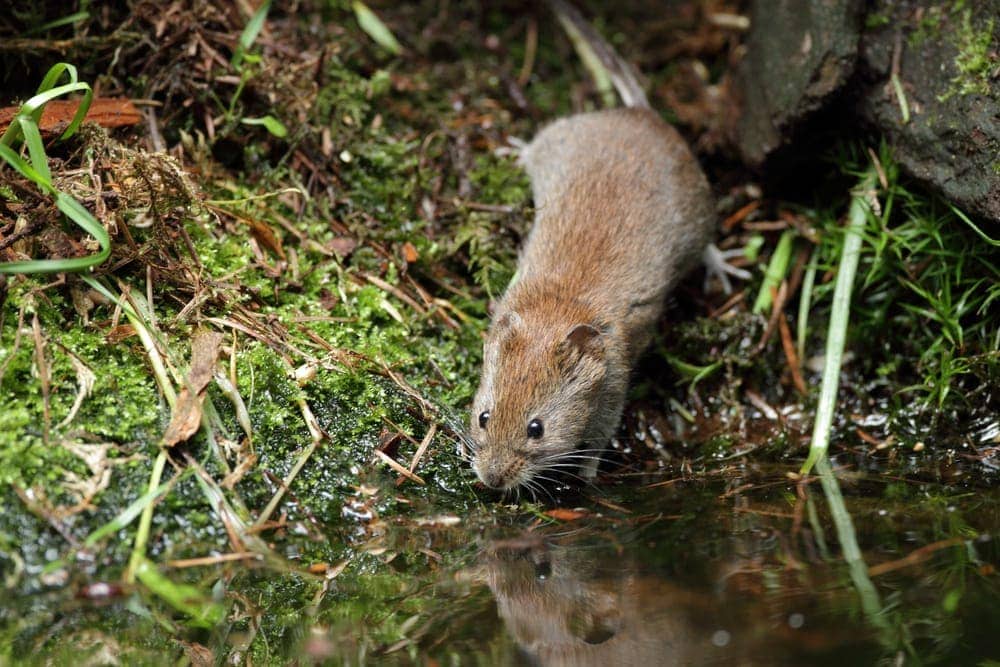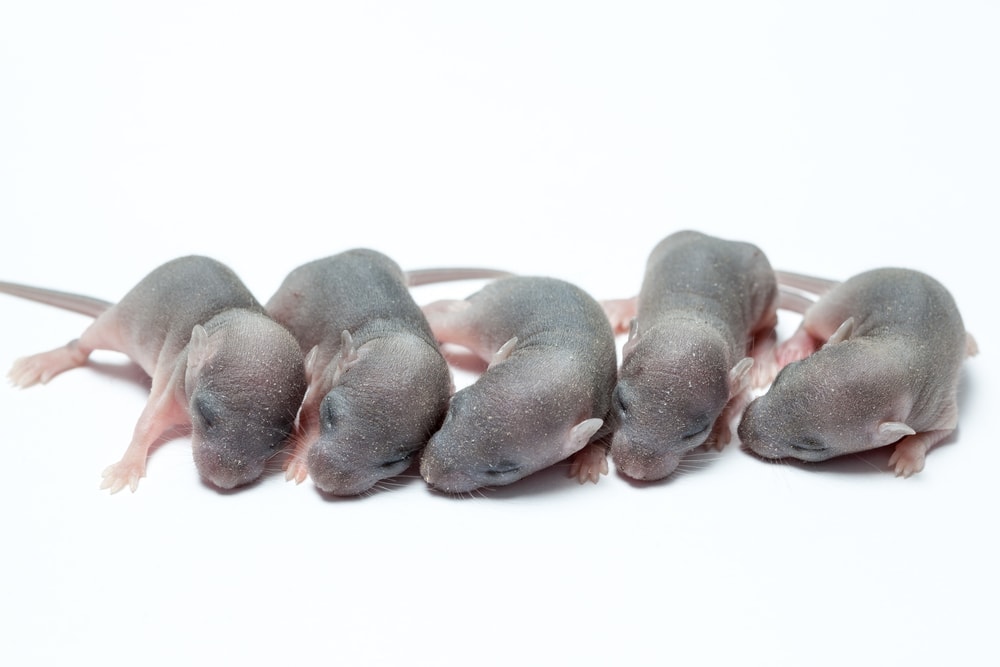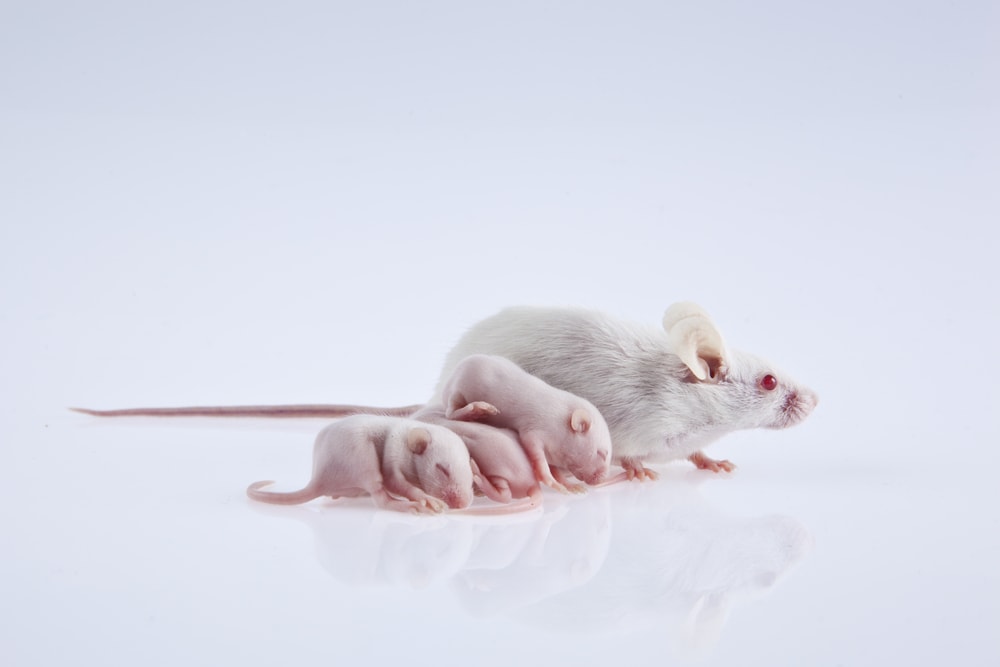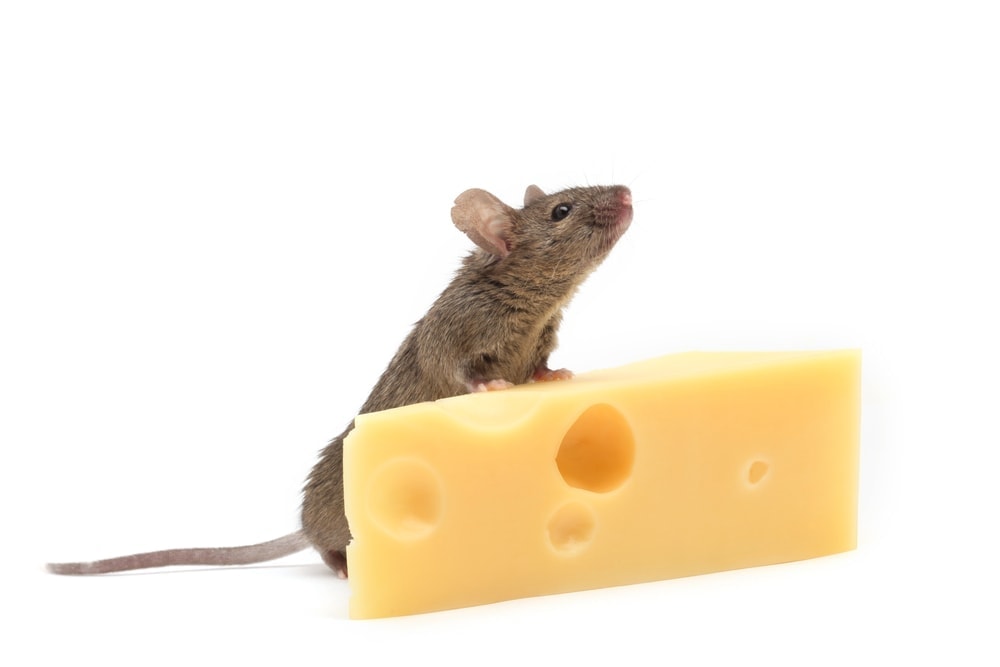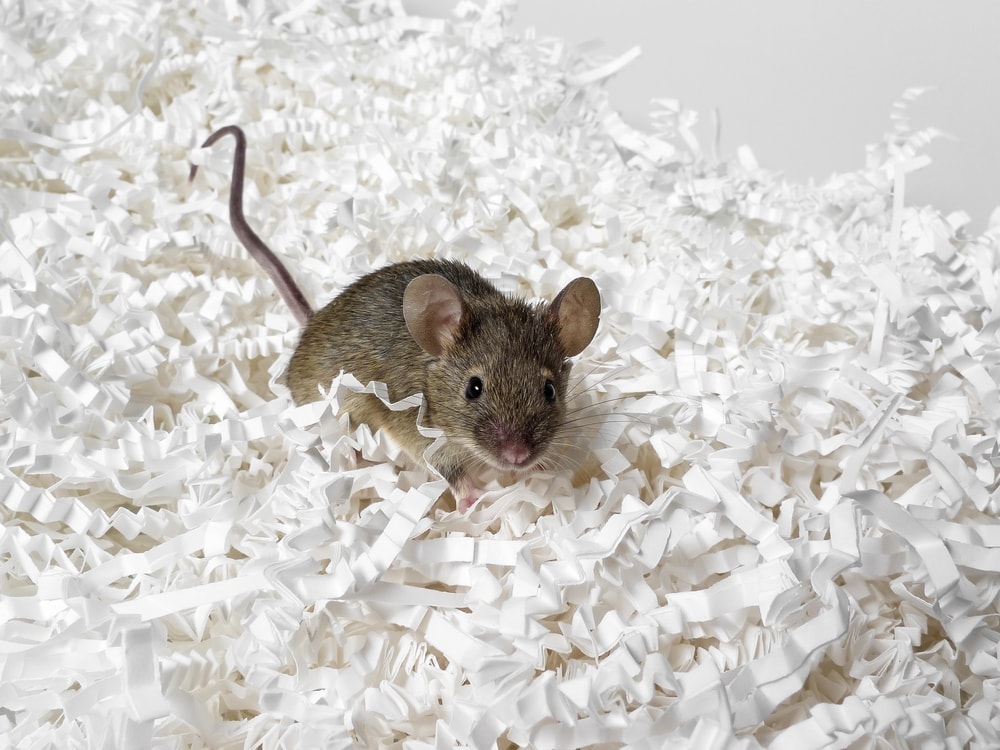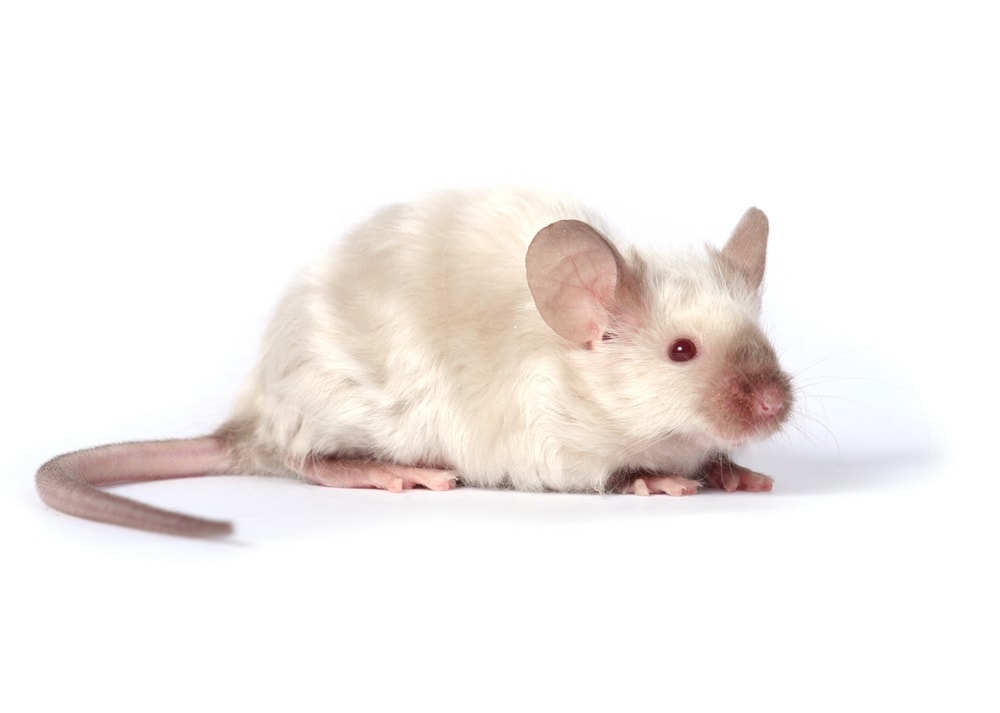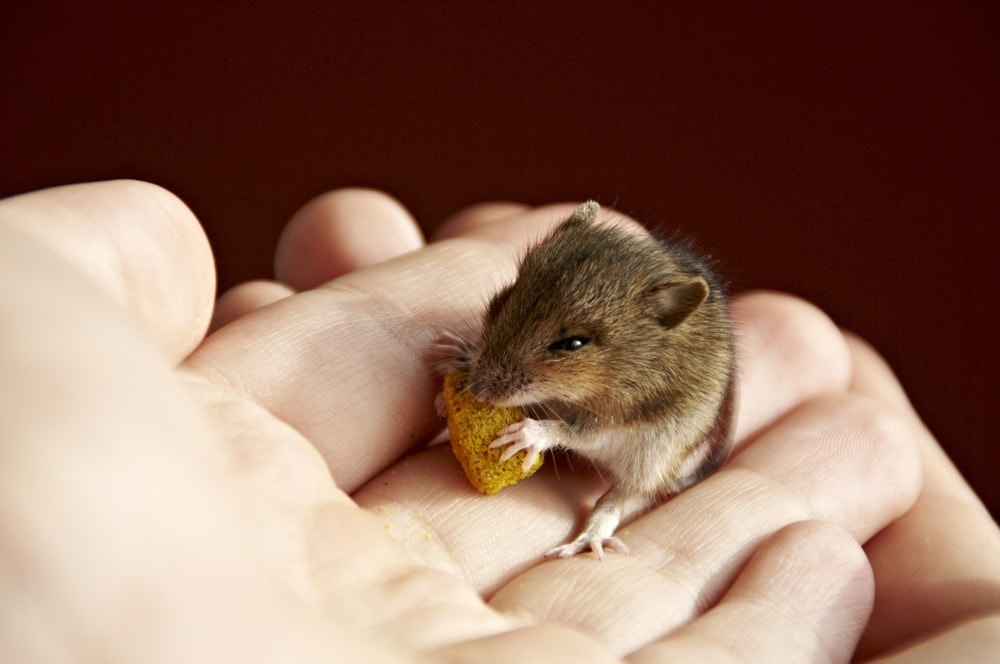Mice of all types of species are excellent swimmers. They can be taught to swim on their own or learn it as their mother guides them on how to do it.
Mice use their paws to paddle and steer in the water, and they keep their head high to navigate where they are going.
Can pet mice swim?
Yes mice, and all other types of rodents, including gerbils, hamsters, and rats, can swim. Because of their light bodies and thick fur, they are quite adept at swimming in most water types, including sewer water, lake water, spring water, and ocean water.
Mice are not particularly fond of swimming or being submerged in water, but they can swim if they need to. They’re not like cats that abhor water and will go out of their way to avoid it. Although there are strong swimmers, they cannot cross rivers that are rushing. They also stay away from water if there is a significant storm.
But this does not mean that they are weak swimmers. It means that they know how to exercise their skills when there is not much danger. Mice are incredibly energetic and flexible, so they can swim in water for hours. If a mouse can reach land, then they are able to travel through water for days on end.
Along with their excellent swimming ability, mice can hold their breath longer than the average human. The average person can hold their breath for at least one and a half minutes, but the average mouse can hold their breath for up to 3 minutes!
It is most likely that they adopted their swimming and breath-holding ability as they perfected their art of running away from predators. Hiding from birds is one reason why a mouse would run into a river or lake. Foxes and wild cats don’t like water either, so a mouse can dive underwater and hide from them.
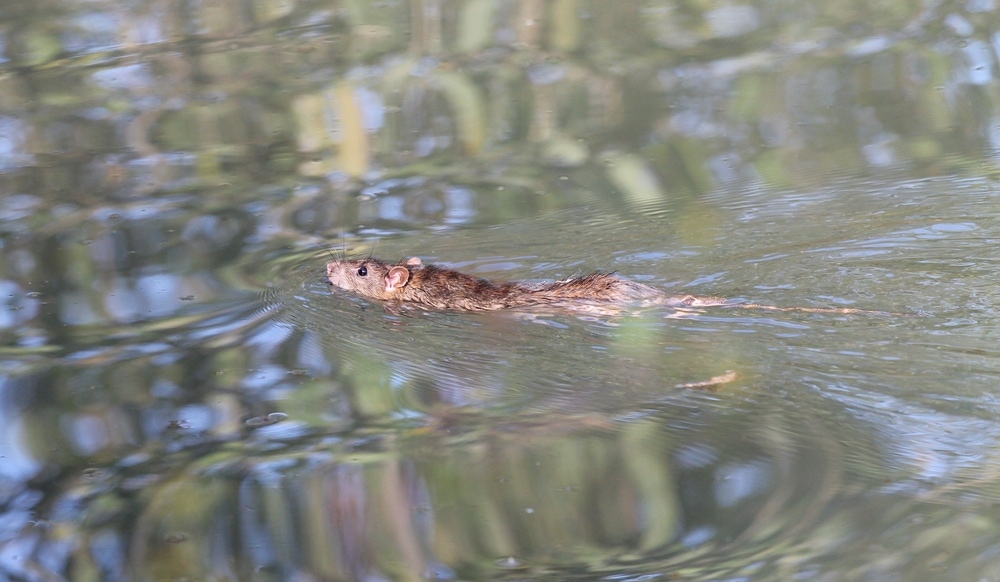
What to know about teaching my pet mouse to swim?
Before you go out and buy a tiny pair of goggles and water wings for your mouse, there are several precautions that you must take. The first precaution is that when your mouse swims in the water, their body temperature will drop. Mice are so small that any change in their environment can have a significant effect on their body.
So you may think that it is okay to train them to swim when the day is hot, but even a slight breeze will lower a mouse’s body temperature even more. So it would be best if you waited until the day is scorching hot, preferably noon, and there is no wind at all.
The second precaution is to supervise your mouse at all times. Just like you would monitor a baby human who is learning to swim, you must do the same for your mouse.
The third precaution you must take is not to fill up its training pool with too much water. It would be best if you only filled up the pool with water to the point where the mouse slightly starts to float. It should be able to sit down in the water and still have its head above it. If you fill it up with too much water, the mouse could drown without you knowing about it. Mice don’t make much noise, and they might not squeak at all when they are drowning.
How do I teach my mouse to swim?
As we said above, mice don’t like to swim, but they’ll do it if needed. So when you teach your mouse to swim, they will be extremely resistant to it as they don’t see any dangers are predators nearby that warrants jumping into the water.
1. The first lesson
For its first lesson, make sure that there’s not much water in it’s training pool, as we said in the section above.
Allow your mouse to get used to the water. Your mouse should spend at least half an hour walking around, paddling themselves around in the training pool. All rodents already have natural instincts to paddle, dive, hold their breath, and swim about, so you don’t need to teach them these skills, you just need to encourage your mouse to use them. If your mouse is part of a litter, then it is a good idea to place the mother Mouse in with the baby you are trying to teach. However, don’t raise the amount of water in the training pool to accommodate the mom. Leave the water level low so that only the baby mouse is slightly submerged. The mother will show the baby how to move about in the water, and the baby won’t be so nervous since it will be with its mom.
2. Subsequent lessons
The next few times you train your mouse to swim, slightly raise the water level each time. Don’t include the mother of the mouse every time as well. They need to get used to being on their own and being in deeper water. But as always, constantly supervised your mouth to make sure it is safe and does not drown. How’s the water gets deeper, it’s a good idea to and small objects underneath the water so the mouse can swim from object to object and take breaks.
Note: after every lesson, the fur of your mouse has to be completely dry. You can do this rubbing a small towel onto your mouse’s fur. Warming up the towel is also a good idea. Do not try to blow dry your mouth, as the hot air will be painful.
Conclusion
- Mice are excellent swimmers.
- They’re able to paddle, dive, and tread through the water.
- They most likely develop their swimming ability from running away from predators over thousands of years.
- They can swim for up to several hours at a time if need be
- The average mouse can hold their breath for over 3 minutes
- Always train your mouse to swim in a very hot environment with no wind. This will protect them from body temperature drop.
- As each lesson occurs, raise the level of the pool’s water a bit.
